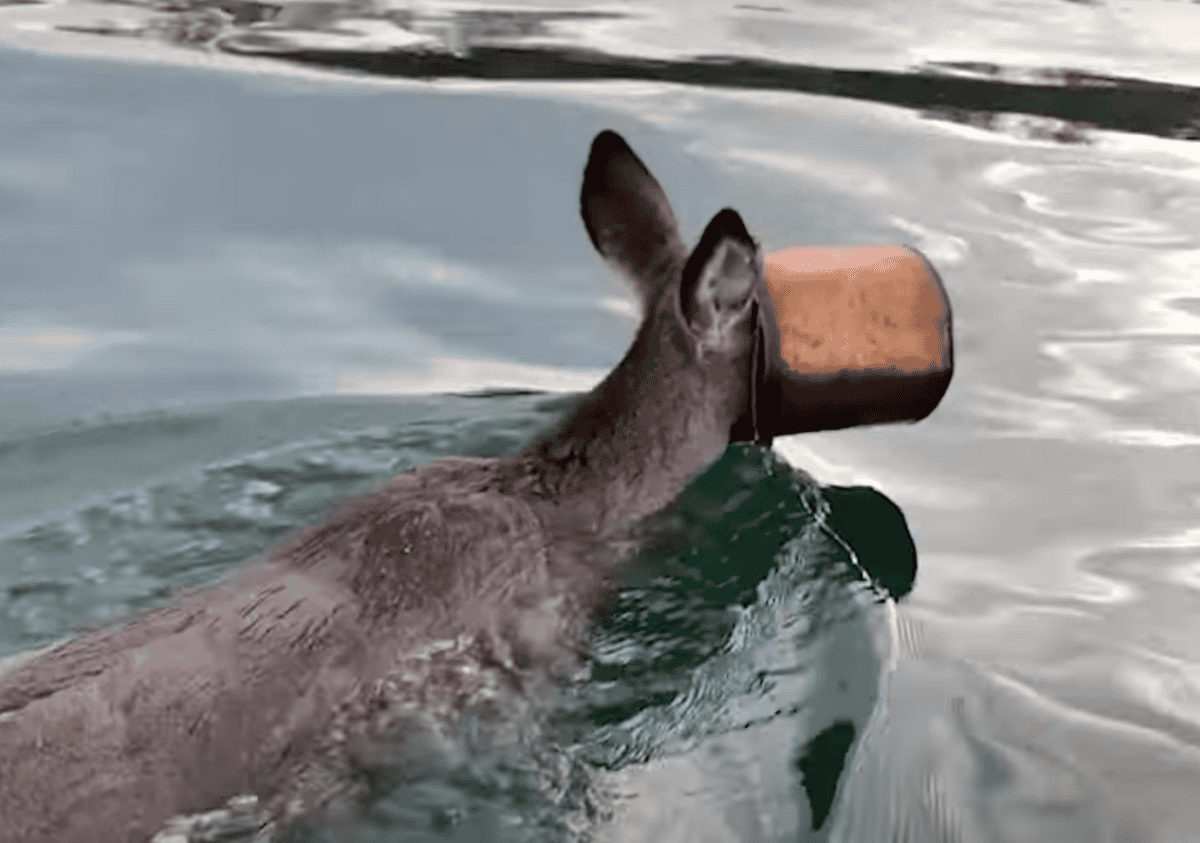What was your act of kindness this week? This mans good deed will last a lot longer than a week after this viral video above was shared. In the video above, a helpless deer is stuck with a rusting bucket over its head, while swimming aimlessly in the lake. Thankfully a brave man on a boat, tried at all odds to remove the bucket from the deers face. After two attempts, the heroic man tugs the bucket off the frightened deers head. The men on the boat then proceeded to direct the lost deer back to land, where she could recover fully.
Join us as we explore the physical characteristics of deer.
Crowns of Deer
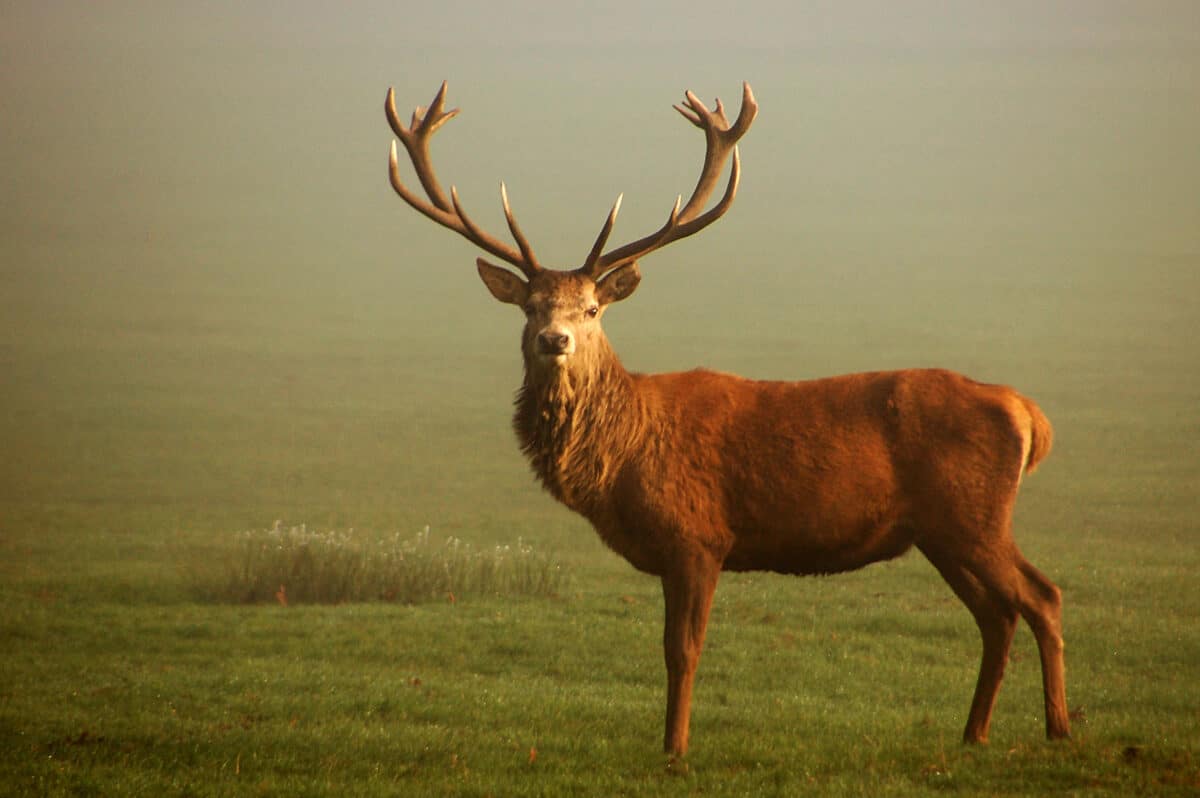
Antlers are the most prominent features of male deer! They grow annually and work as weapons during the mating season. Unlike horns, which are permanent structures made of bone, antlers are composed of bone-like tissue called “antler velvet” that regenerates each year.
Antlers come in different shapes and sizes, as well as complexity among deer species. Some antlers are branch out widely with patterns, while others have simpler configurations.
Coat and Coloration of Deer
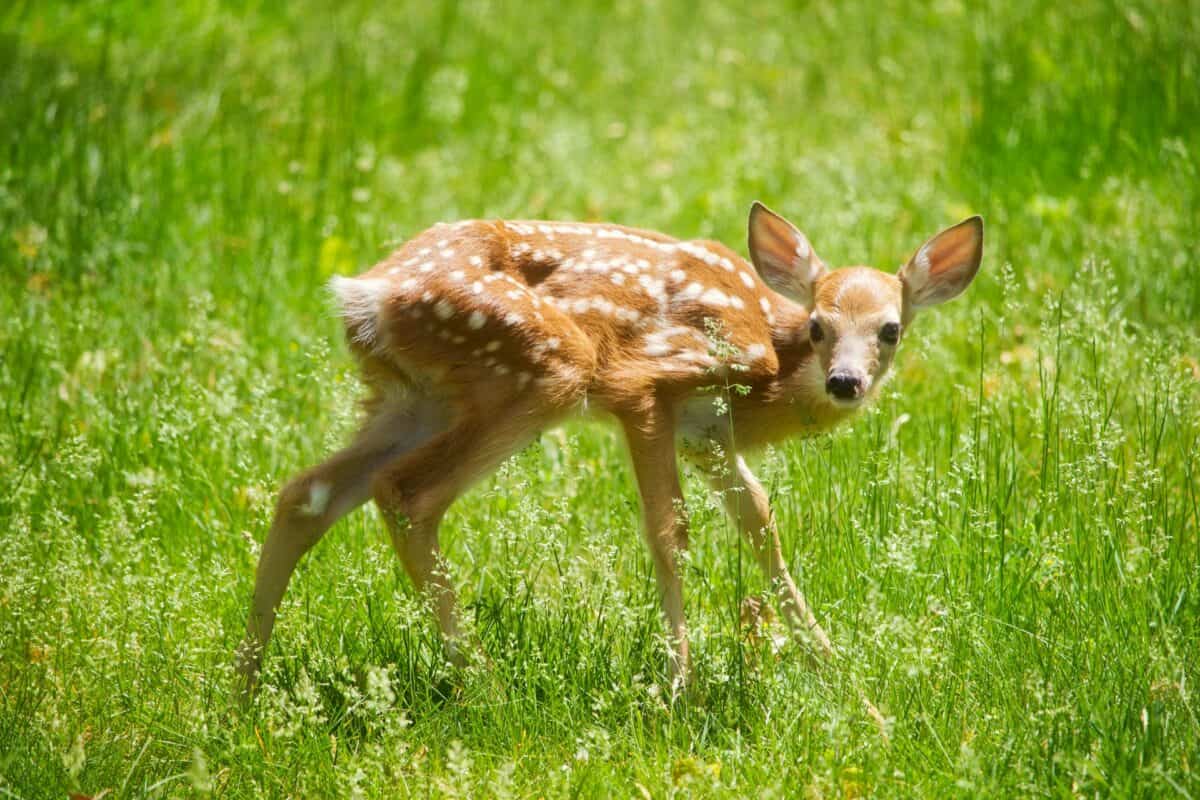
Deer have thick coats of fur that provides insulation and protection from the elements. These coats come in different colors, which all depend on the species and habitat.
Many deer species show seasonal changes in coat coloration! In summer they have lighter shades for better heat regulation and then get darker hues in the winter for camouflage against snow and foliage.
Some deer species, such as the white-tailed deer, have distinctive markings on their coats. These include spots or stripes, which help camouflage and essentialy blend them into their surroundings!
Hooves for Mobility and Defense
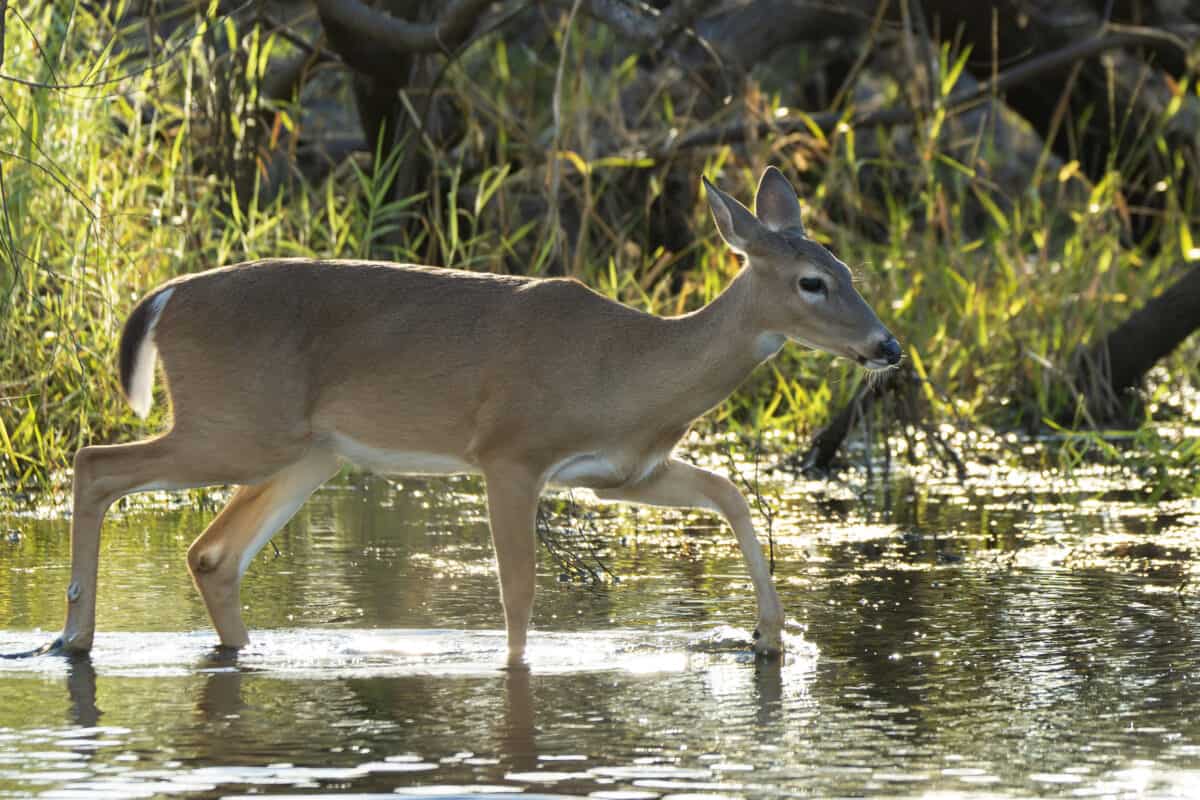
Deer have hooves that are adapted for moving through various terrains. Such as forests, grasslands, and mountainous regions. Their hooves are sectioned into two parts, known as “cloven hooves”. These two sections provide stability and grip on uneven surfaces. They also help allow swift movements when running away from predators.
Additionally, to their role in locomotion, deer hooves are also used as weapons for defense. They come in handy during confrontations with predators or rival males during the mating season.
Wrap Up
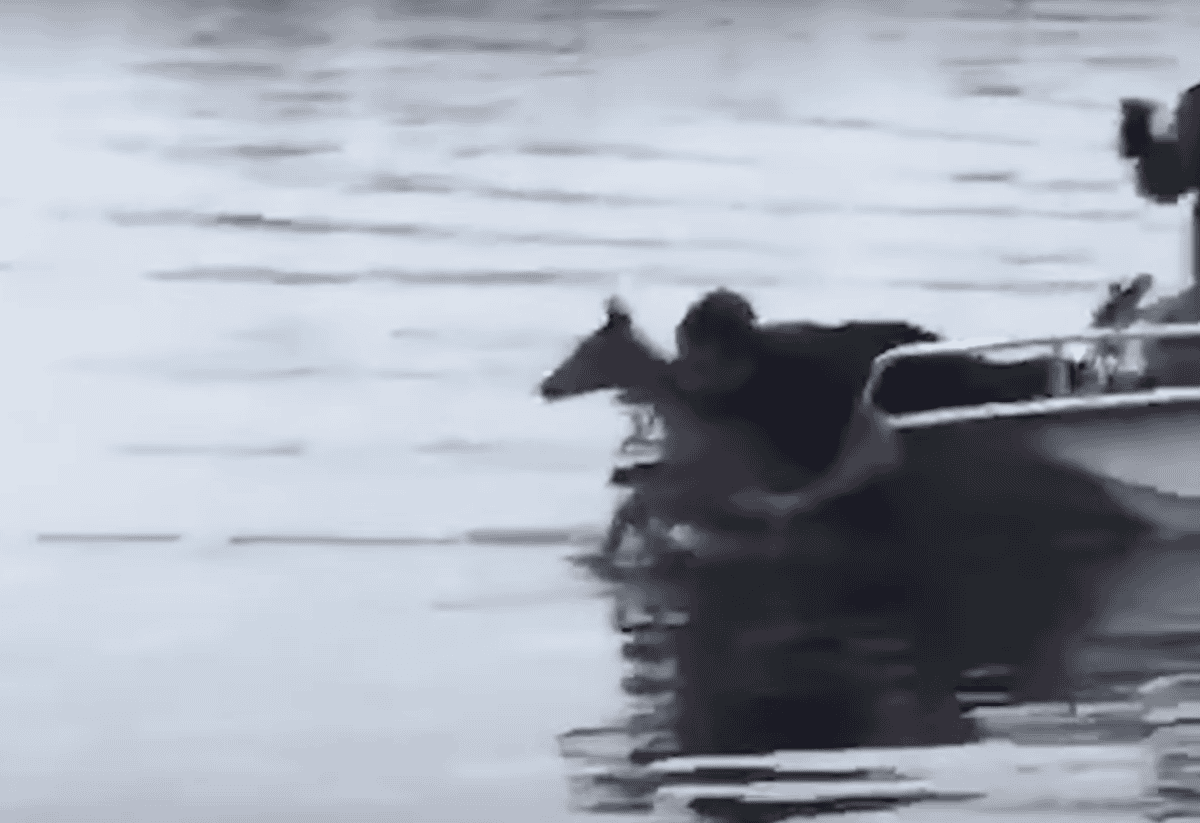
Overall, in the video above, a simple act of compassion turns into a heroic rescue! It left a lasting impact far beyond the fleeting moments of a weeks act of kindness. Witnessing the brave efforts of a compassionate man to free a helpless deer from the confines of a rusting bucket, we are reminded of the strong connection between humanity and animals.
Thanks for reading along, for more, check out our related article links below!
Next up:
Join our Forum for free today!

- Huge Pet Bison Breaks Into House - July 22, 2024
- Giant Black Bear Surprises Beachgoers by Emerging from the Ocean in Florida - July 22, 2024
- Brave Man Plays Instrument While Huge Bear Caresses His Shoulder - July 22, 2024

